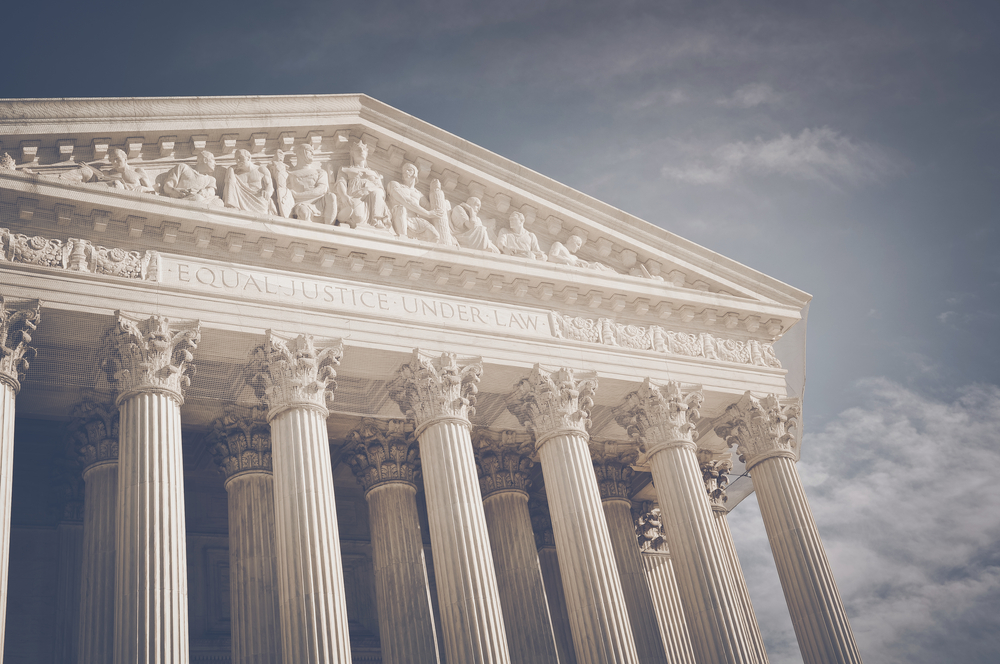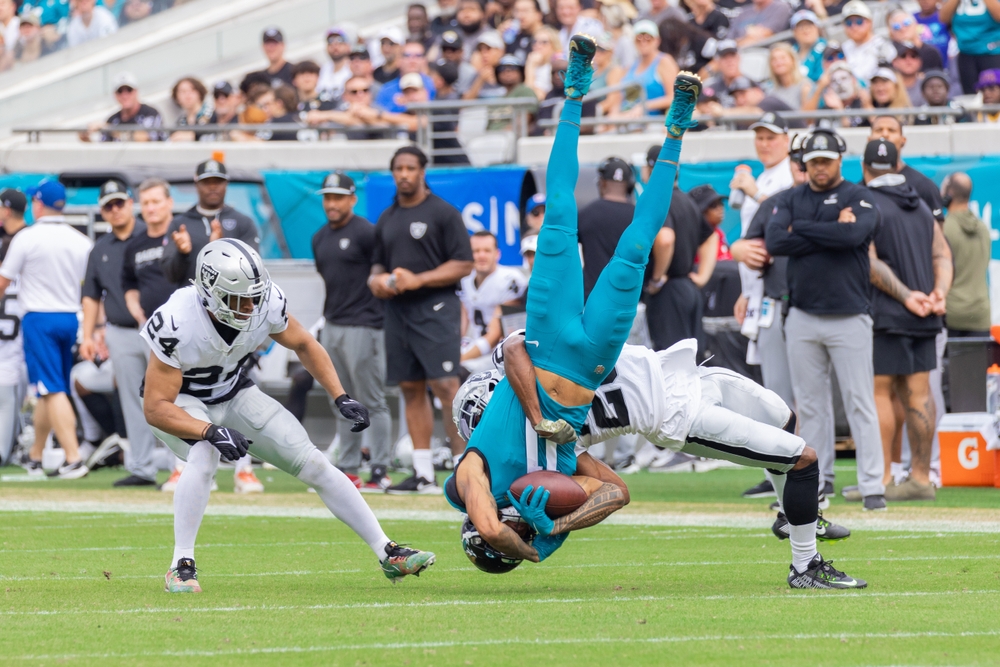Golf injuries are big business for lawyers
Golf is an $84 billion business that generates an additional $59 billion in wages. Where that much money is involved, there are inevitably lawsuits seeking redress for injuries, some fatal. As a result, collateral specialties involving golf injuries among legal firms and global insurance agencies are flourishing.

Court verdicts and settlements for golf injuries can reach into the millions.
Golfing can result in serious injuries
Golf injuries often involve errant balls and detached clubheads catapulting into the air to strike other players or spectators.
Golf balls, which can fly at up to 135 mph and hit with a force of about 40,000 g’s, cause nearly 10 percent of all liability claims annually.
According to a 2010 Golf Digest article, about 40,000 golfers require emergency room treatment each year for injuries suffered on the course.
Nearly seven in 10 amateurs and nine in 10 professionals suffer a golf-related injury at least once in a lifetime, according to a 2017 study by the British Journal of Sports Medicine.
RELATED: College football upheaval is part health, part liability
RELATED: Businesses find insurance doesn’t cover pandemic
Last year, a 6-year-old Utah girl died after she was struck in the neck by a golf ball hit by her father.
Two decades ago, Thomas Grennan of Wisconsin was struck on his head by his playing partner’s ball and died several days later.
It can be just as dangerous to be a spectator or a caddy, particularly at professional tournaments, according to Golf magazine.
A spectator at the 2018 Ryder Cup lost the vision in her right eye after being struck by Brooks Koepka’s errant tee shot. She later said she planned to sue event organizers for failing to warn spectators when the ball went into the crowd.
Tiger Woods struck a spectator in the neck with a tee shot at the same Ryder Cup.
Such accidents often occur at spectator-packed golf tournaments. Pat Perez hit two spectators during a single round at the 2017 Genesis Open. Ernie Els hit a spectator in the face at the 2014 British Open.
Golf has a long history as a sport
Golf was first played during the Middle Ages among sand dunes along the eastern coast of Scotland near Edinburgh where players hit pebbles with bent sticks.
The sport eventually spread to England and France. The first international golf match was held in 1682 and the first 18-hole golf course was built in 1764 at St. Andrews in Scotland.
By 1894 the United States had more than 1,000 golf courses and by 2018, the country had 15,000 facilities where 450 million rounds were played annually.
Today, more than 107 million people in the U.S. either play, watch or read about golf, according to The National Golf Foundation’s 2019 industry report.
“I’m optimistic about the state of the game and excited about how the face of golf is changing. About 20 years ago, one in 12 U.S. juniors were ethnically diverse; today, that number is one in four. Also, two decades ago, one in six U.S. juniors were girls and today it is one in three. The game is evolving and beginning to look more like America looks,” said McLaughlin, CEO of the World Golf Foundation, in a Forbes interview.
So, can you sue if you are hurt golfing?
A Google search for “golf ball injury law” returns 44.4 million — yes, million — results, so it appears there are enough successful cases and a lot of lawyers who believe injured golfers may, in fact, have a case.
In England, a Court of Appeal 1998 ruling declared that golfers are liable for causing injuries with their golf balls “no matter how slight the risk.”
But, in the U.S., it is unlikely you would have a viable lawsuit if you are either a player or a spectator at a professional golf match, while other types of injuries are often successful.
In 2009, a New York golfer was hit in the eye by a fellow player’s ball, causing him to completely lose his sight. The courts, all the way up to the New York Supreme Court, were sympathetic but ruled that the “doctrine of assumption of the risk” applied and denied summary judgment in the case.
There are some instances where U.S. courts have found golfers liable for causing injuries with their balls or hitting people with their carts or involved accidents occurring on golf course properties.
Most often such cases result in settlements. Just this year a minor girl suffering from a traumatic brain injury after falling from a golf cart got $125,000 in a Texas court case. Last year, a 58-year-old man won $400,000 after falling through a golf course bridge railing.
A 2019 verdict in New Jersey awarded $3.8 million to a man seriously injured when struck by a golf cart.
A Tampa, FL, man lost an eye when his golf ball ricocheted off a granite tee marker at a driving range. In 2008, he eventually settled his lawsuit before trial for $1 million.
However, collecting damages for golf ball injuries, either through a settlement or winning a court trial, often depends on whether the golfer was able to see the injured person in the path of his ball. Just because a ball might take an unexpected path to strike another is not enough to prove negligence.
That may be a crucial issue in a recent case filed in Hillsborough County, FL, by a caddy who alleges his client should have seen him waiting along the fairway for him to take his tee shot. That shot struck him in the face, knocking out most of his teeth.
According to the complaint, the golfer “before allowing (the caddy) to safely secure himself in a position to observe the flight path of the ball, negligently struck the golf ball.”
The golfer did not call out a warning for the fouled hook shot, according to the caddy, and thus “failed to follow the most basic of safety values advocated on golf courses, which are to check all sides, broadcast your imminent shot, and check (both visually and verbally) for your caddy to confirm they are in a safe position.”
The case has yet to go to trial.
Should golfers buy liability insurance?
Generally in the U.S., if you haven’t committed gross negligence or been intentionally reckless, you are not liable for injuring another golfer or gallery member.
But it can be a much different matter in other countries.
According to Golf Advisor, a golfer in Scotland had to pay nearly $400,000 when his golf ball blinded another golfer.
And, of course, if you operate a commercial golf facility, you should definitely be covered by liability insurance. According to the Travelers insurance company, more than 13,000 golf cart-related accidents cause serious injury each year, as well as thousands of accidents caused by slips, falls and trips.
As for the individual golfer in the U.S., “The golfer is responsible for making sure that other golfers are out of the way before they hit,” said Robert Lang, a lawyer who often handles golf-related cases, in a 2013 New York Times interview. “Yes, it’s true they aren’t responsible for hitting someone one or two holes away because they slice a ball, but if you’re on the tee and someone is near the green of the hole you are aiming at and you hit that person, you’re liable.”
So, generally courts have found that golfers are not liable for a golf ball hitting someone unless you should have seen a person positioned within the direct line of your shot.
But, that doesn’t mean that you can’t be sued and that alone can be costly.



















